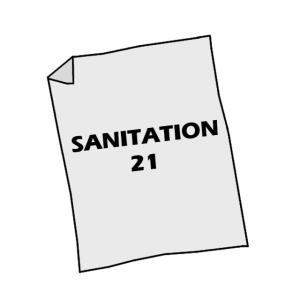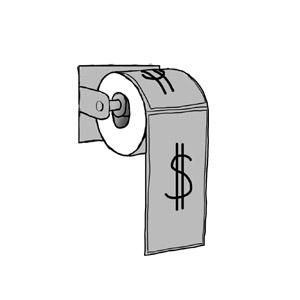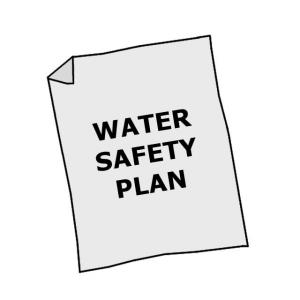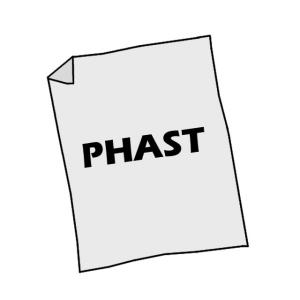Executive Summary
Waste Stabilization Ponds (WSPs) are large, man-made water bodies. The ponds can be used individually, or linked in a series for improved treatment. There are three types of ponds, (1) anaerobic, (2) facultative and (3) aerobic (maturation), each with different treatment and design characteristics.
| In | Out |
|---|---|
Blackwater, Faecal Sludge, Greywater, Brownwater, Faeces, Excreta |
Sludge, Fertigation Water, Biogas (if anaerobic pond is covered) |
Introduction
For the most effective treatment, WSPs should be linked in a series of three or more with effluent being transferred from the anaerobic pond to the facultative pond and, finally, to the aerobic pond. The anaerobic pond is the primary treatment stage and reduces the organic load in the wastewater. The entire depth of this fairly deep man-made lake is anaerobic. Solids and BOD removal occurs by sedimentation and through subsequent anaerobic digestion inside the accumulated sludge (see also anaerobic digestion general). Anaerobic bacteria convert organic carbon into methane and through this process, remove up to 60% of the BOD.
In a series of WSPs, the effluent from the anaerobic pond is transferred to the facultative pond, where further BOD is removed. The top layer of the pond receives oxygen from natural diffusion, wind mixing and algae-driven photosynthesis. The lower layer is deprived of oxygen and becomes anoxic or anaerobic. Settleable solids accumulate and are digested on the bottom of the pond. The aerobic and anaerobic organisms work together to achieve BOD reductions of up to 75%.
Anaerobic and facultative ponds are designed for BOD removal, while aerobic ponds are designed for pathogen removal (see also pathogens and contaminants). An aerobic pond is commonly referred to as a maturation, polishing, or finishing pond because it is usually the last step in a series of ponds and provides the final level of treatment. It is the shallowest of the ponds, ensuring that sunlight penetrates the full depth for photosynthesis to occur. Photosynthetic algae release oxygen into the water and at the same time consume carbon dioxide produced by the respiration of bacteria. Because photosynthesis is driven by sunlight, the dissolved oxygen levels are highest during the day and drop off at night. Dissolved oxygen is also provided by natural wind mixing.
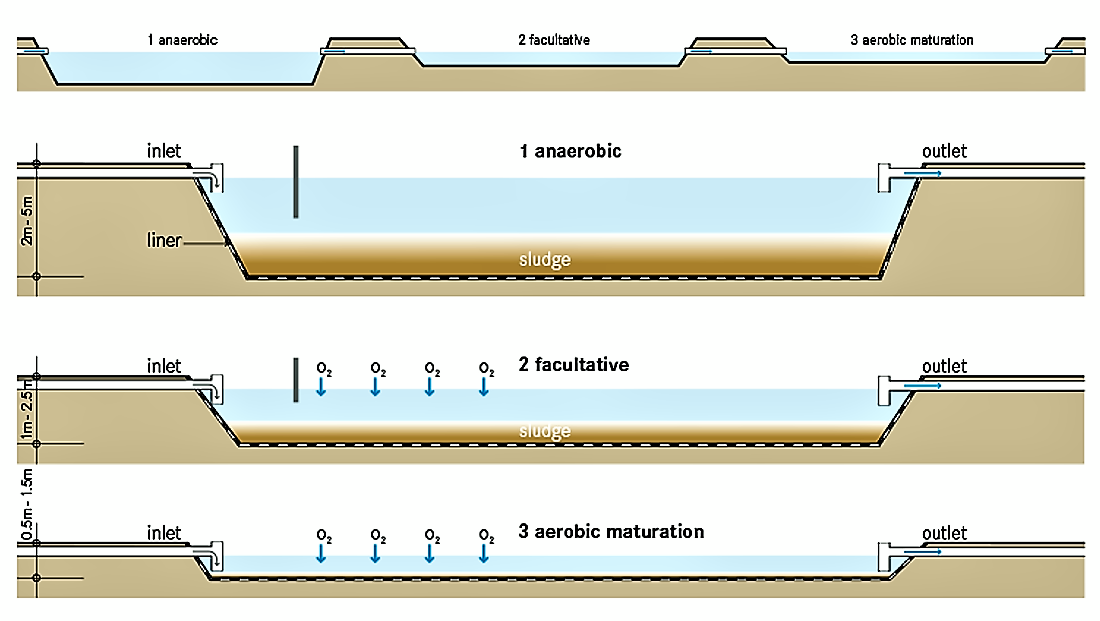
Design Considerations
Anaerobic ponds are built to a depth of 2 to 5 m and have a relatively short detention time of 1 to 7 days. Facultative ponds should be constructed to a depth of 1 to 2.5 m and have a detention time between 5 to 30 days. Aerobic ponds are usually between 0.5 to 1.5 m deep. If used in combination with algae and/or fish harvesting (see Fish Pond), this type of pond is effective at removing the majority of nitrogen and phosphorus from the effluent. Ideally, several aerobic ponds can be built in series to provide a high level of pathogen removal.
Pre-treatment (see Pre Treatment Technologies) is essential to prevent scum formation and to hinder excess solids and garbage from entering the ponds. To prevent leaching into the groundwater, the ponds should have a liner. The liner can be made from clay, asphalt, compacted earth, or any other impervious material. To protect the pond from runoff and erosion, a protective berm should be constructed around the pond using the excavated material. A fence should be installed to ensure that people and animals stay out of the area and that garbage does not enter the ponds.
Health Aspects/Acceptance
Although effluent from aerobic ponds is generally low in pathogens, the ponds should in no way be used for recreation or as a direct source of water for consumption or domestic use.
Operation and Maintenance
Scum that builds up on the pond surface should be regularly removed. Aquatic plants that are present in the pond should also be removed as they may provide a breeding habitat for mosquitoes and prevent light from penetrating the water column.
The anaerobic pond must be de-sludged approximately once every 2 to 5 years, when the accumulated solids reach one third of the pond volume. For facultative ponds sludge removal is even rarer and maturation ponds hardly ever need desludging. Sludge can be removed by using a raft-mounted sludge pump, a mechanical scraper at the bottom of the pond or by draining and dewatering the pond and removing the sludge with a front-end loader.
WSPs are among the most common and efficient methods of wastewater treatment around the world. They are especially appropriate for rural communities that have large, open and unused lands, away from homes and public spaces and where it is feasible to develop a local collection system. They are not appropriate for very dense or urban areas.
Waste Stabilization Ponds and Constructed Wetlands Design Manual
Waste Stabilisation Ponds
Waste Stabilisation Ponds is the third volume in the series Biological Wastewater Treatment. The major variants of pond systems are fully covered, namely: facultative ponds, anaerobic ponds, aerated lagoons, maturation ponds. The book presents in a clear and informative way the main concepts, working principles, expected removal efficiencies, design criteria, design examples, construction aspects, operational guidelines and sludge managment for pond systems.
SPERLING, M. von (2007): Waste Stabilisation Ponds. (= Biological Wastewater Treatment Series , 3 ). London: International Water Association (IWA) Publishing URL [Accessed: 01.11.2013] PDFWaste Stabilisation Ponds
This document provides information and instructions on waste stabilisation ponds. Various case studies are mentioned, e.g. the wastewater-fed fishponds in Calcutta in India.
VARON, M. P. MARA, D. D. (2004): Waste Stabilisation Ponds. Delft: International Water and Sanitation Centre URL [Accessed: 17.05.2012]Pond Treatment Technology
Biological Wastewater Treatment in Warm Climate Regions Volume 1
Biological Wastewater Treatment in Warm Climate Regions gives a state-of-the-art presentation of the science and technology of biological wastewater treatment, particularly domestic sewage. The book covers the main treatment processes used worldwide with wastewater treatment in warm climate regions given a particular emphasis where simple, affordable and sustainable solutions are required. The 55 chapters are divided into 7 parts over two volumes: Volume One: (1) Introduction to wastewater characteristics, treatment and disposal; (2) Basic principles of wastewater treatment; (3) Stabilisation ponds; (4) Anaerobic reactors; Volume Two (also available in the SSWM library): (5) Activated sludge; (6) Aerobic biofilm reactors; (7) Sludge treatment and disposal.
SPERLING, M. von LEMOS CHERNICHARO, C.A. de (2005): Biological Wastewater Treatment in Warm Climate Regions Volume 1. London: International Water Association (IWA) Publishing URL [Accessed: 26.05.2019]
